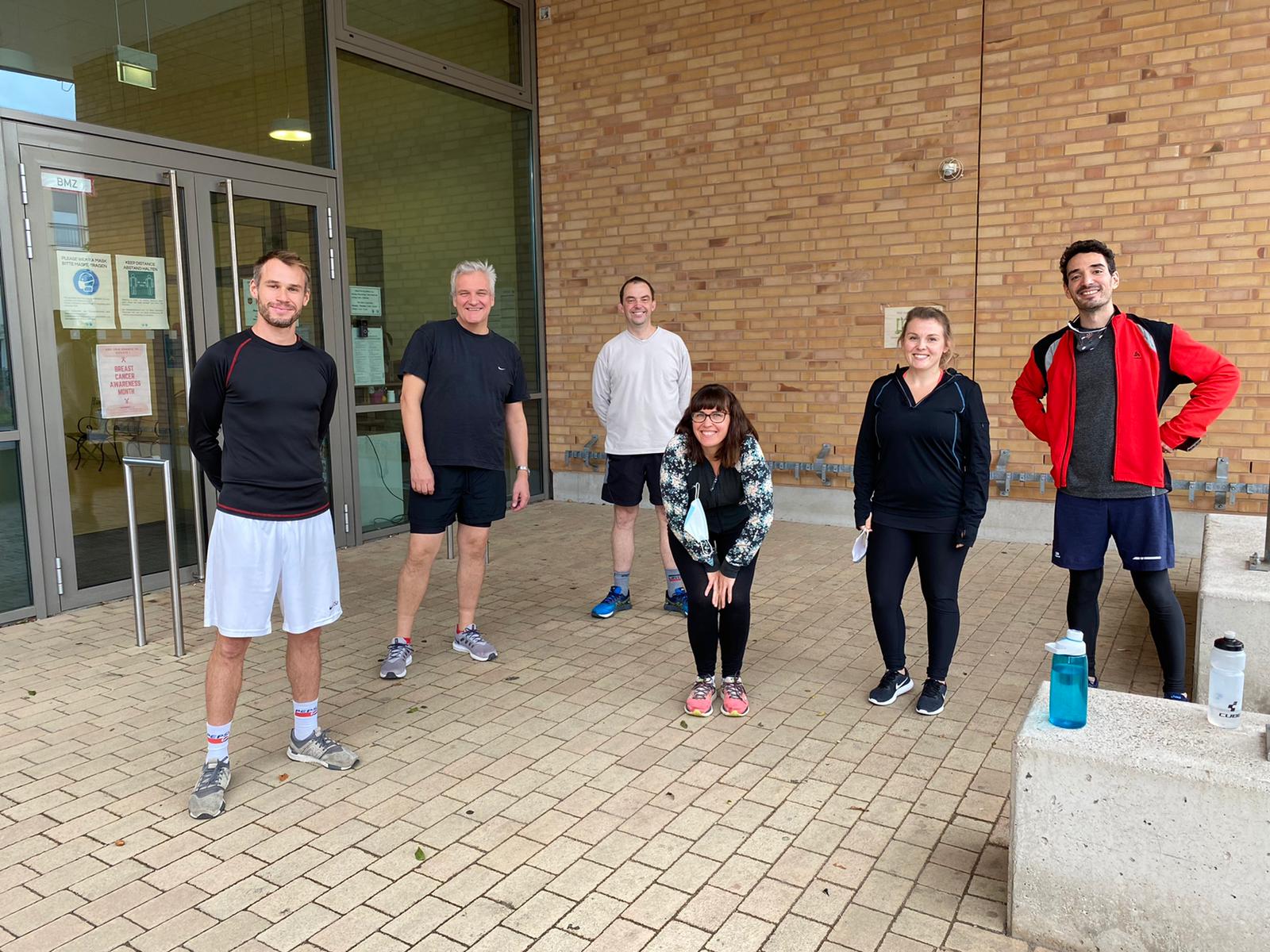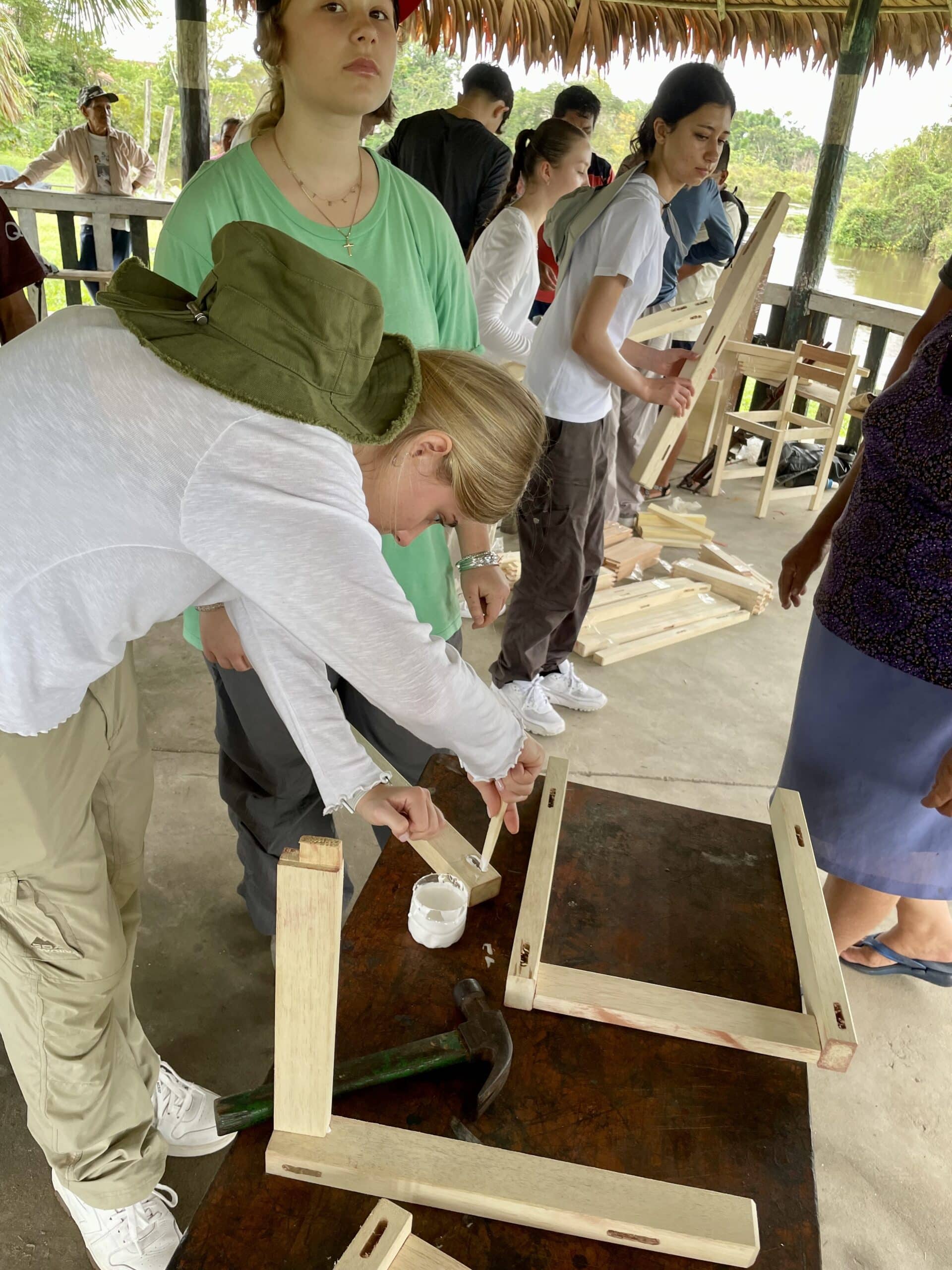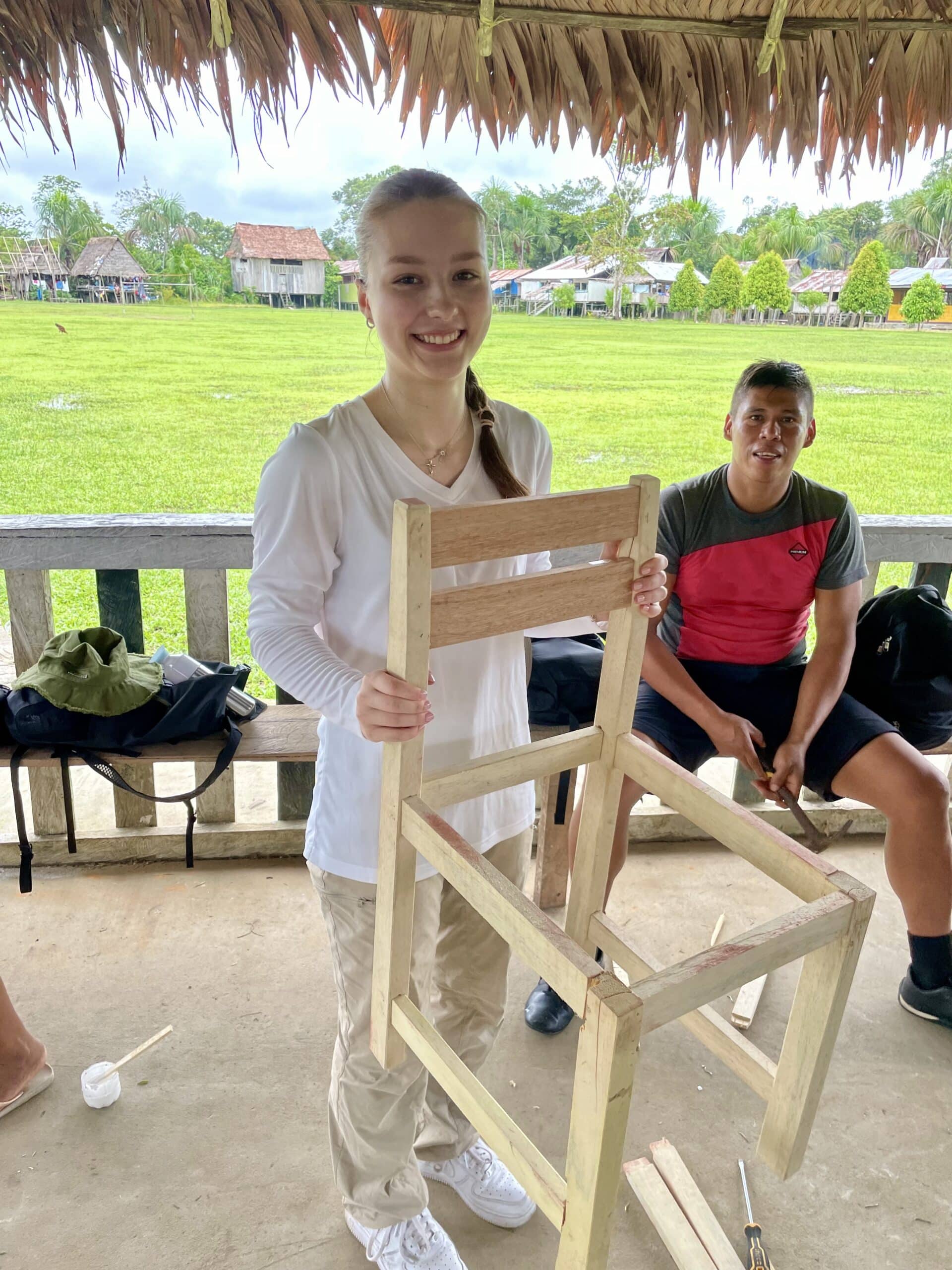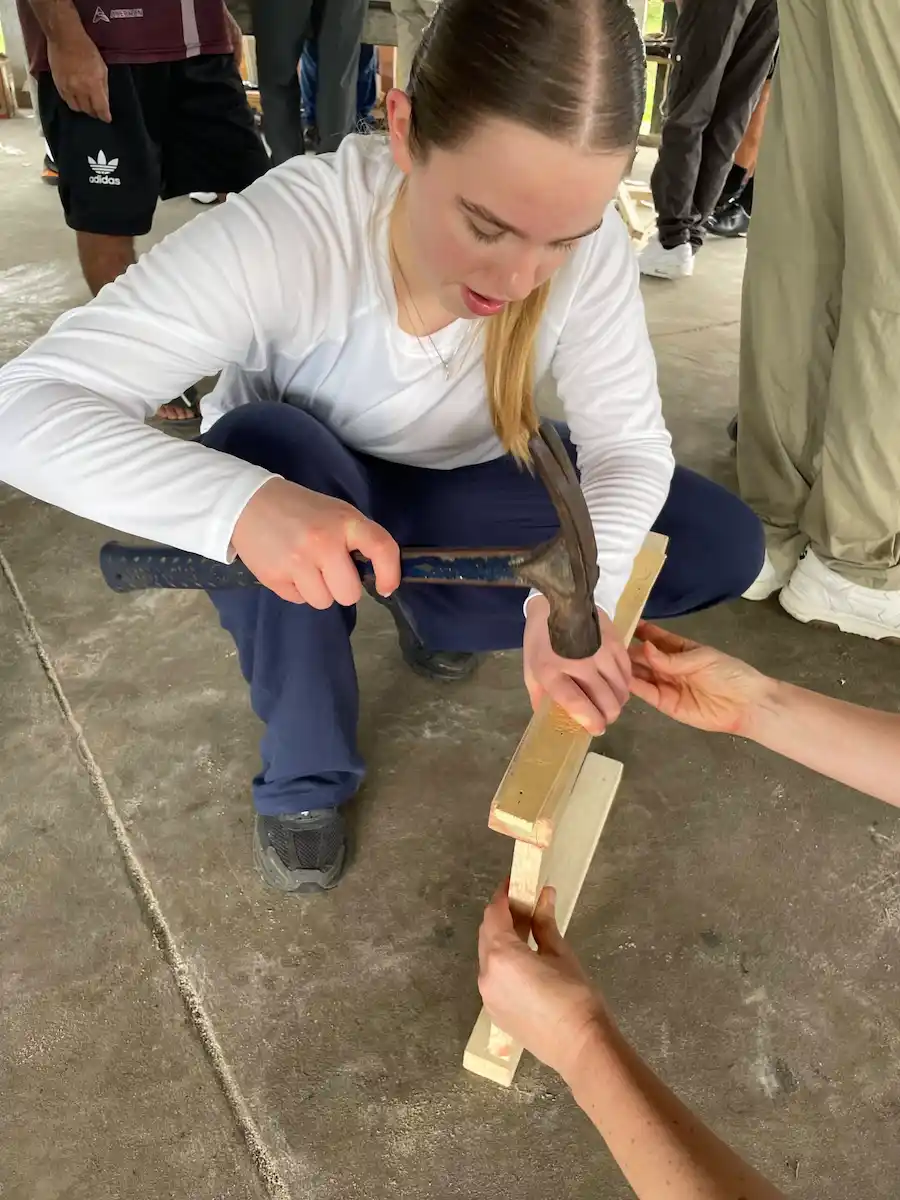
Exploring the motivation to exercise
How to make sports classes fun and relevant for all of our students?
What drives people to exercise? A simple question that I have been asking myself since I started working as a Physical Education teacher. The problem that probably every PE teacher has is that everyone´s approach to physical activity is different! While half of the class loves competitions the other half hates it. One half loves to try out new sports, the other half wants to stick to what they know. Some are risk takers, some are overly cautious. And then there is always this small group of students who do not enjoy sports at all, they are actually even scared of it mostly because they feel they have never been “good enough” in it.
How can I motivate all of these different types of students? During my search for a plausible approach, I stumbled across a term which caught my attention and I hadn’t heard before: “Physical literacy”. “Physical literacy is the motivation, confidence, physical competence, knowledge, and understanding to value and take responsibility for engagement in physical activities for life”. (The International Physical Literacy Asociation, May 2014)
I think this definition summarizes very well what I as a PE teacher really attempt to achieve. Find every student´s trigger to make them an active person who understands the positive effects of physical activity for their well being.
Not everyone has a competitive character or enjoys ball sports like basketball. Why does a 15 year old student have to be able to do a layup if she/he enjoys going for a run much more. And why does a passionate volleyball player have to be able to run 3km in less than 12 minutes? I do not mind performance-based sport, I think it should have its place in every school. But it is just not for everyone and the positive effects of physical activity are too important to lose some students on their way of growing up. Too many teenagers and young adults have a widely sedentary lifestyle because, for example, they were not very good at playing basketball in school and felt tortured by their PE teacher, who forced them not only to play, but to achieve specific benchmarks.
In my opinion, especially in the first couple of years of secondary school, PE should focus less on performance and more on the positive effects that result from being physically active. Let students choose later on if they would like to continue with a performance based course or not.
Unfortunately, sports curricula set a strict framework and performance-based requirements that must be met within Physical Education classes. In order to increase student engagement, I try to offer choice whenever possible, and to supplement PE classes with optional after-school activities, like a virtual running group or after-school sports clubs. As a PE teacher, it is my job to support my students´ search for their favorite physical activity by introducing a wide range of different sports and exercise, by motivating them, by giving them confidence about their abilities, by making them understand the value of physical activity but also by teaching them the benefits of a healthy lifestyle. In short, I hope to teach them physical literacy!
Stay healthy and keep on exercising!
Nicolas Wessely, International Secondary School
Join our virtual running group on Strava and find out more about the sports programs in our primary and secondary school sections.







